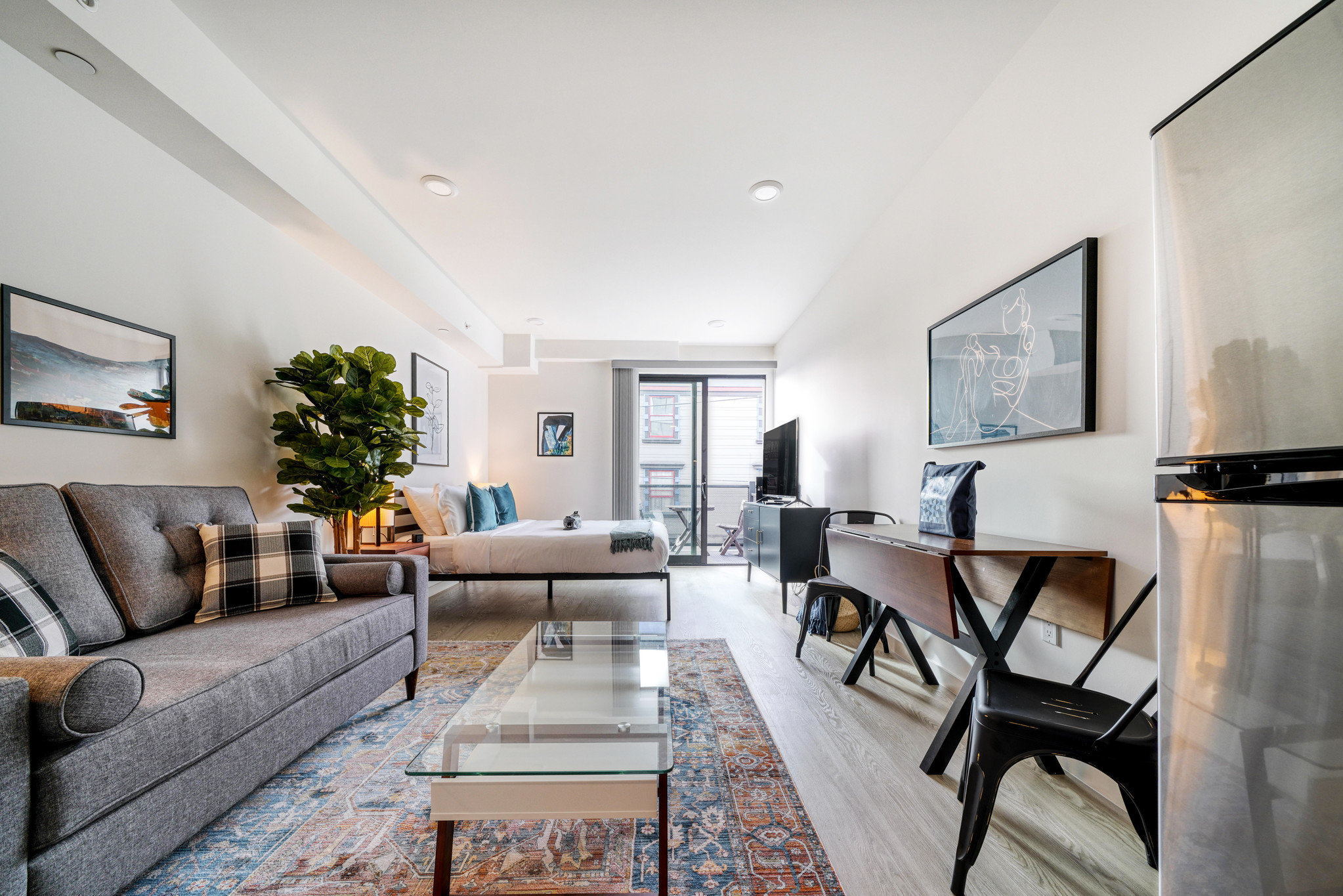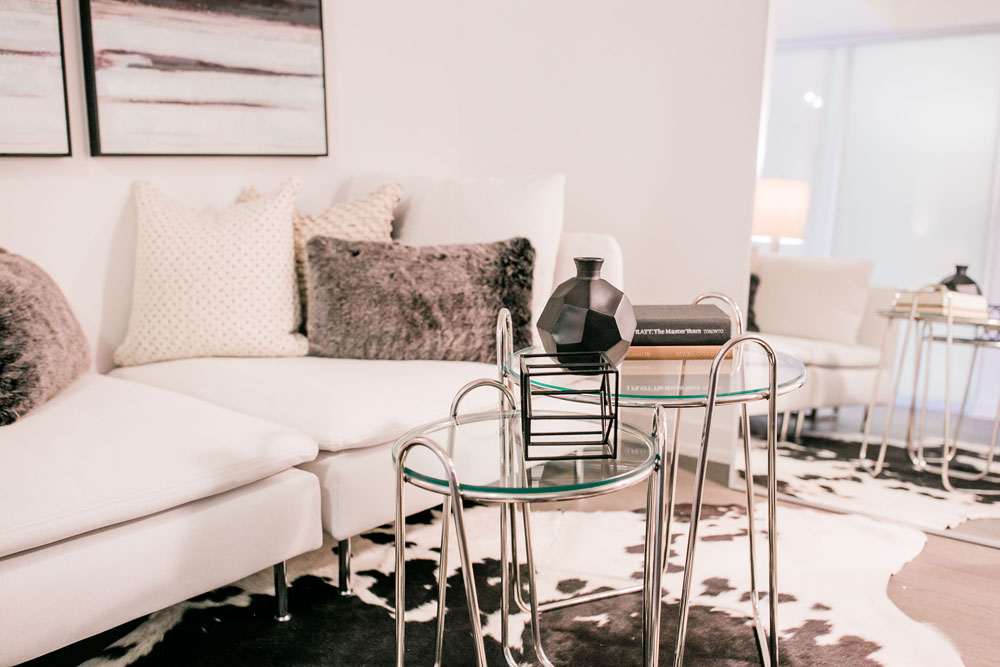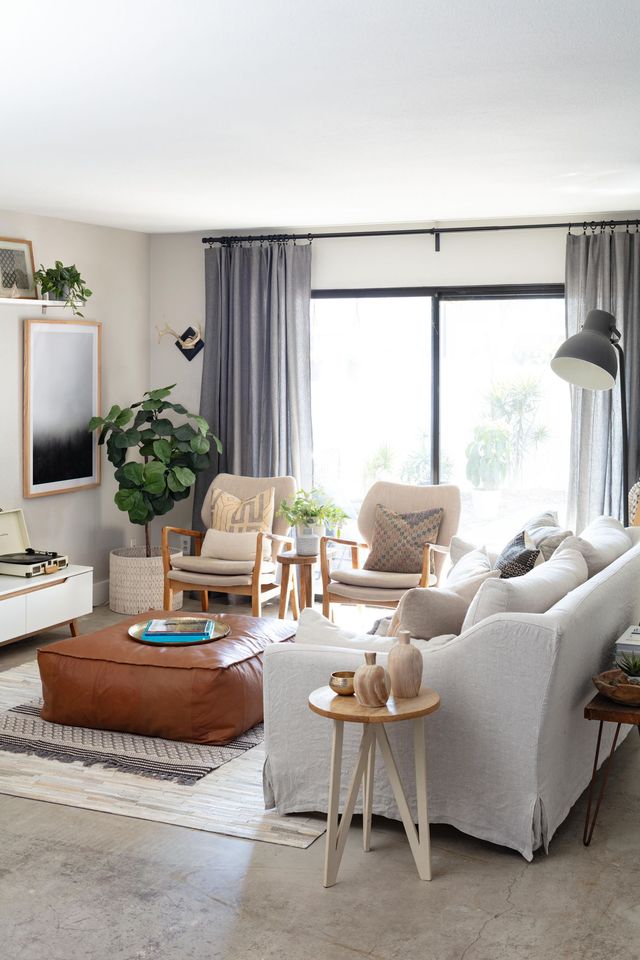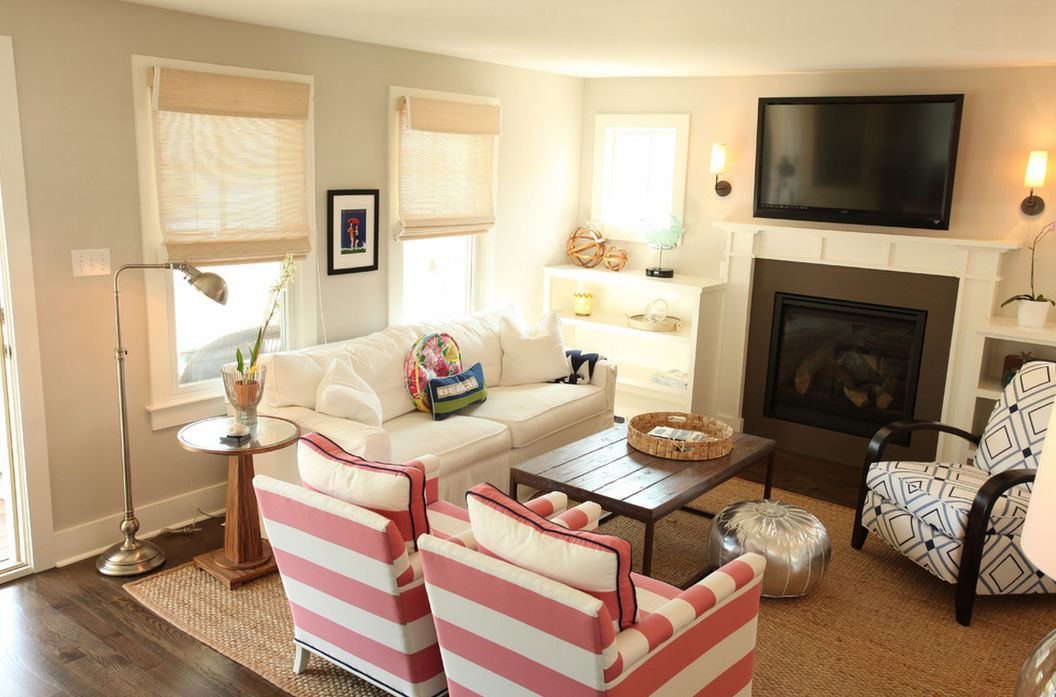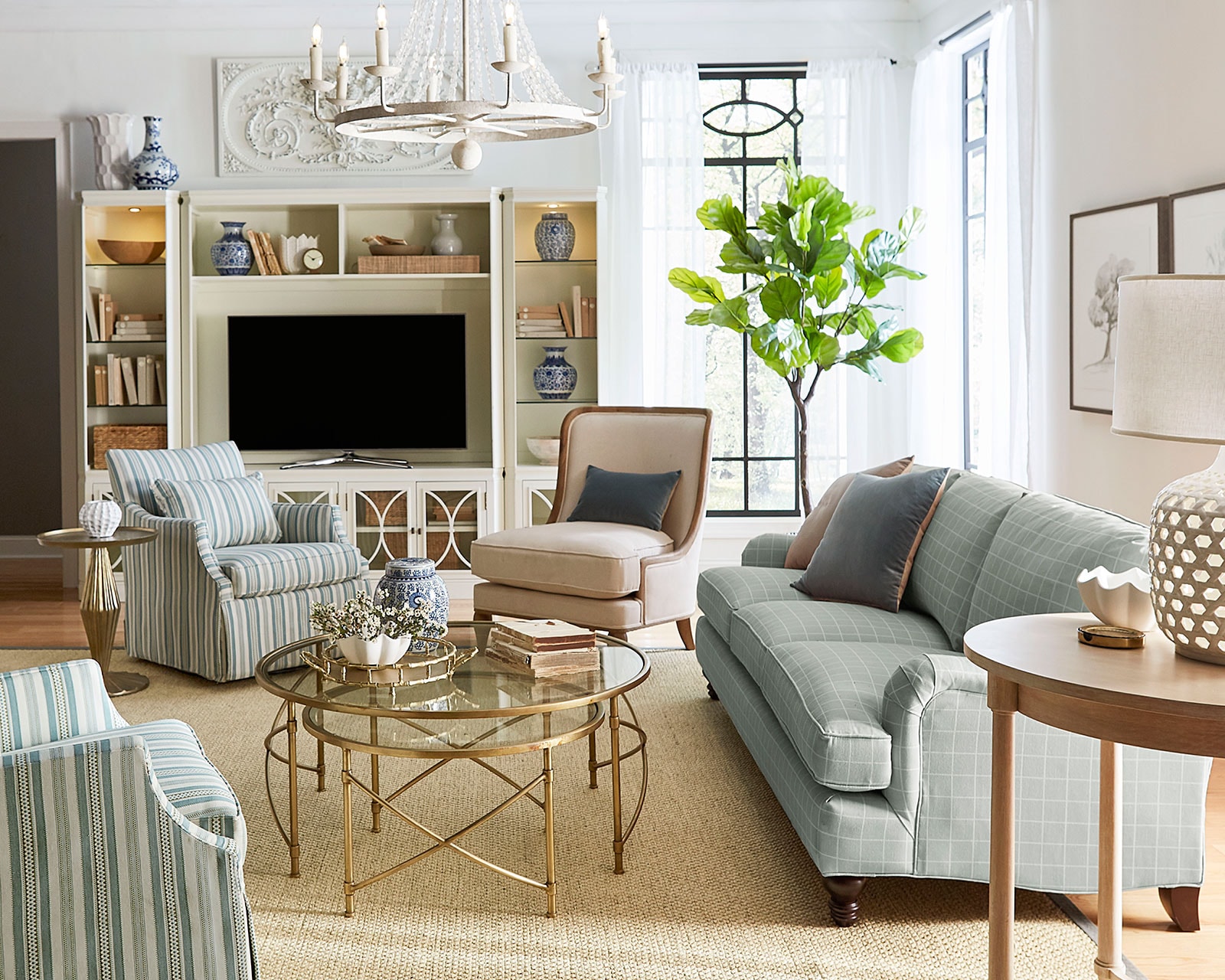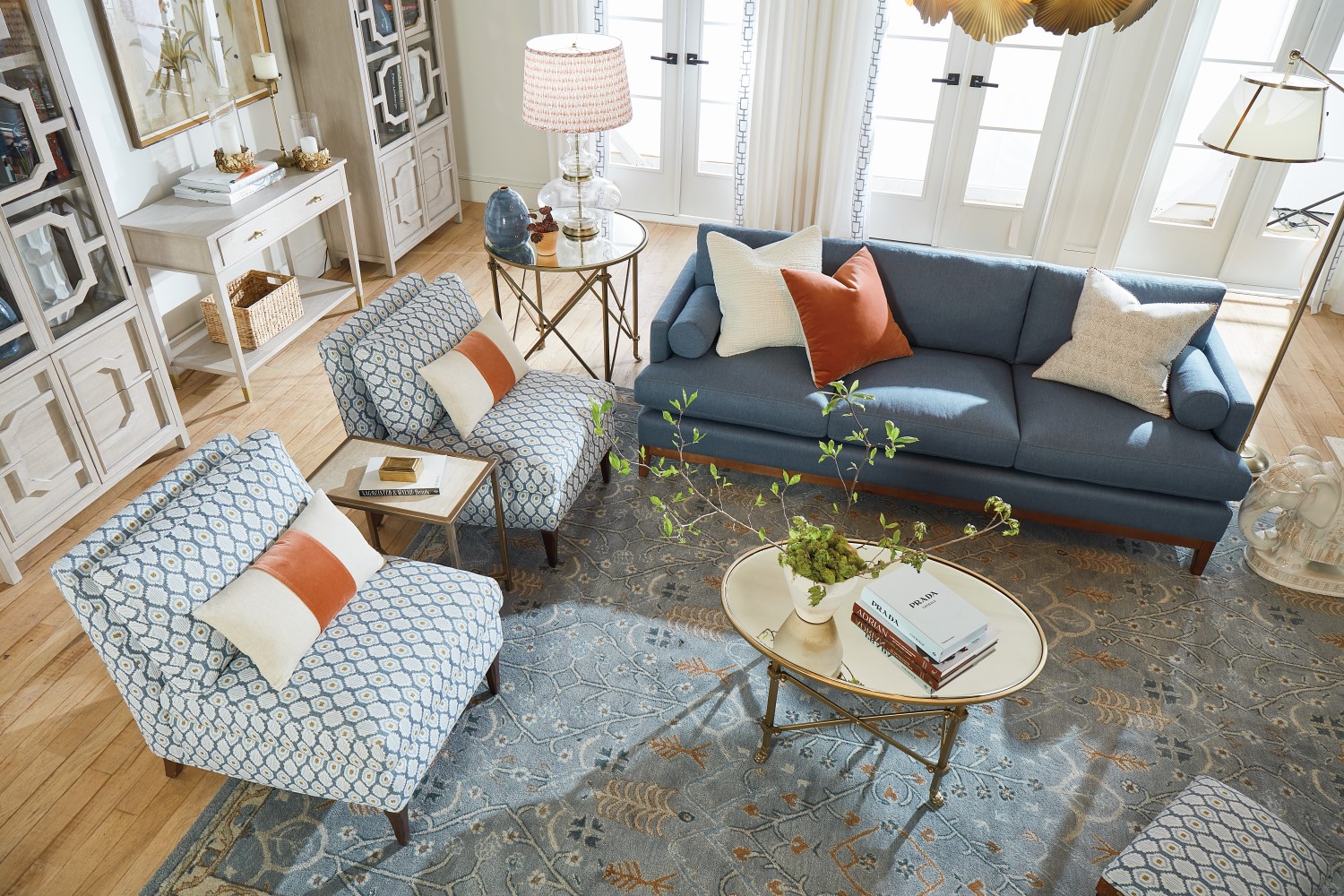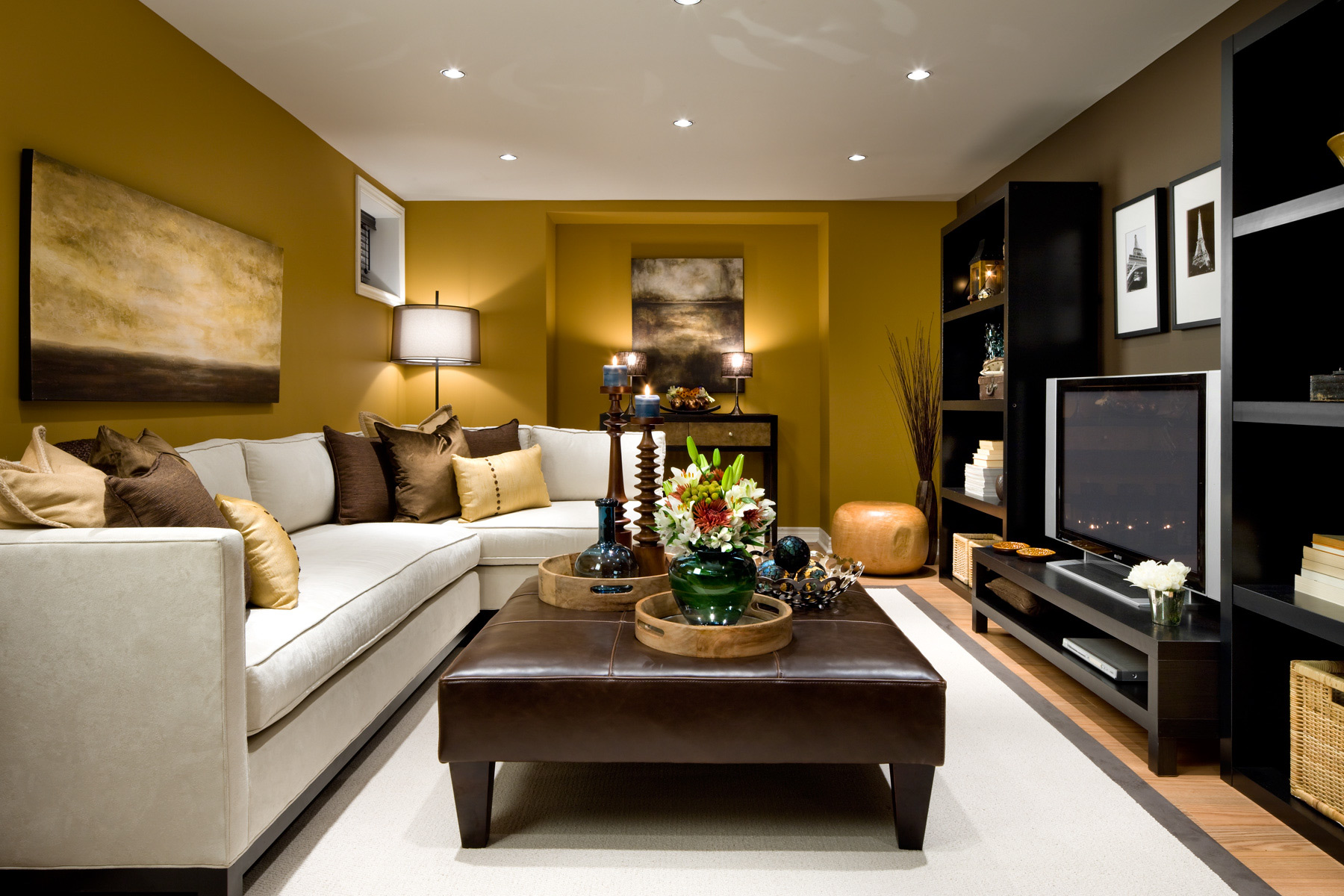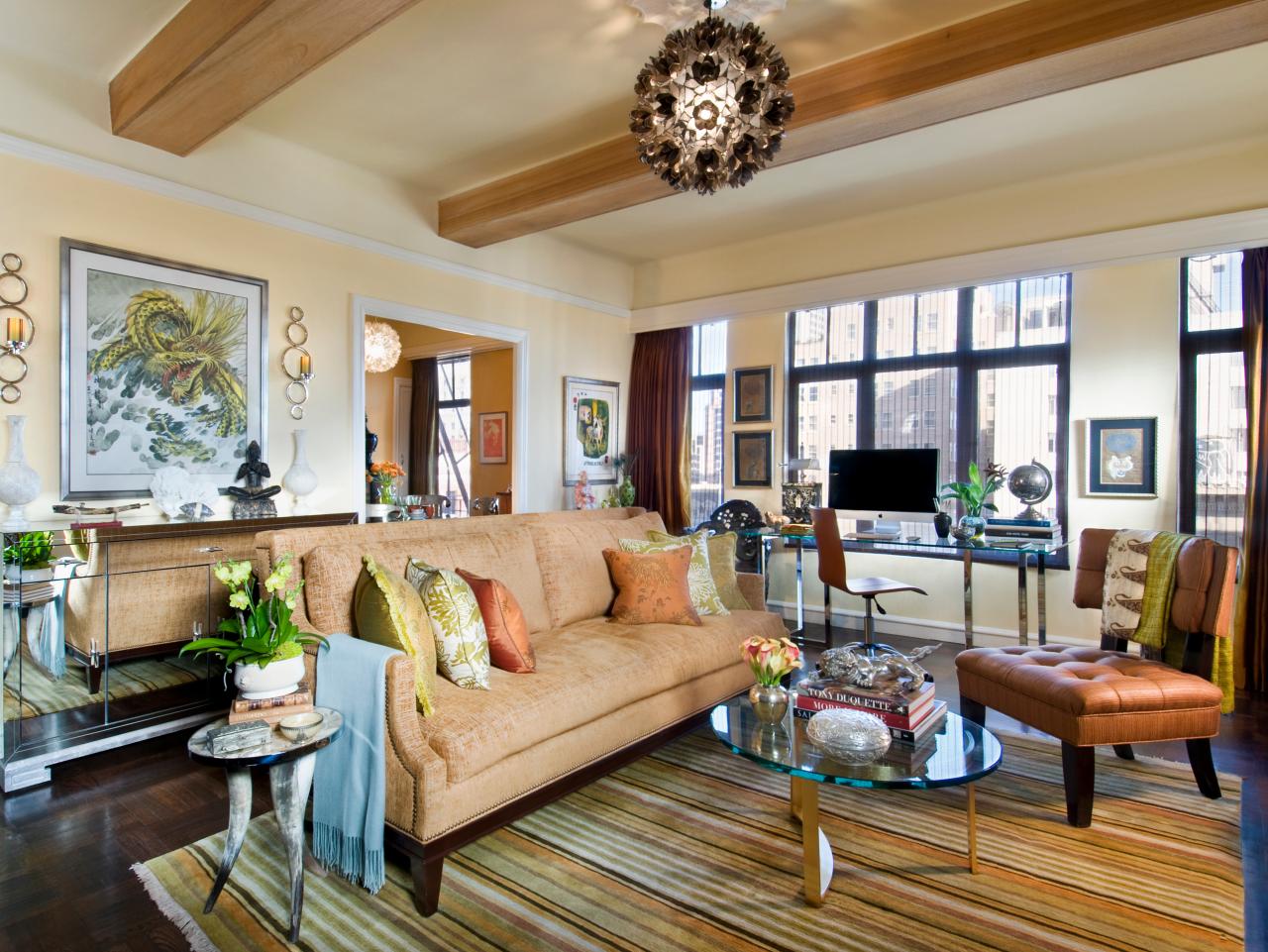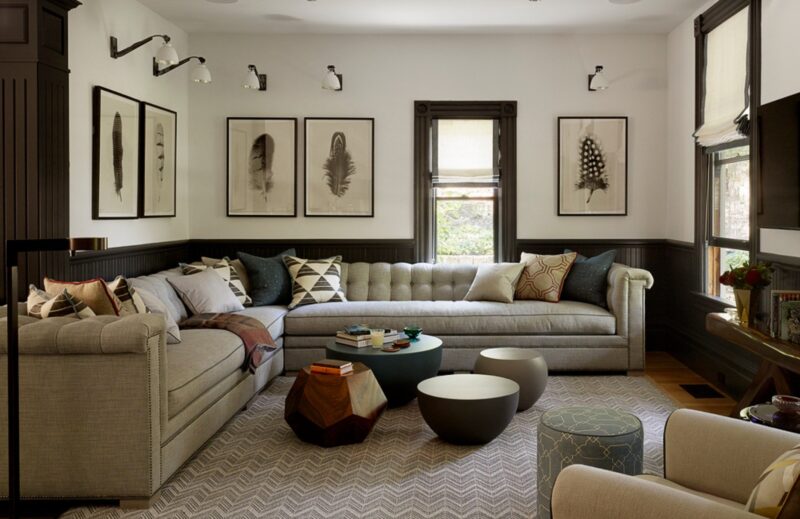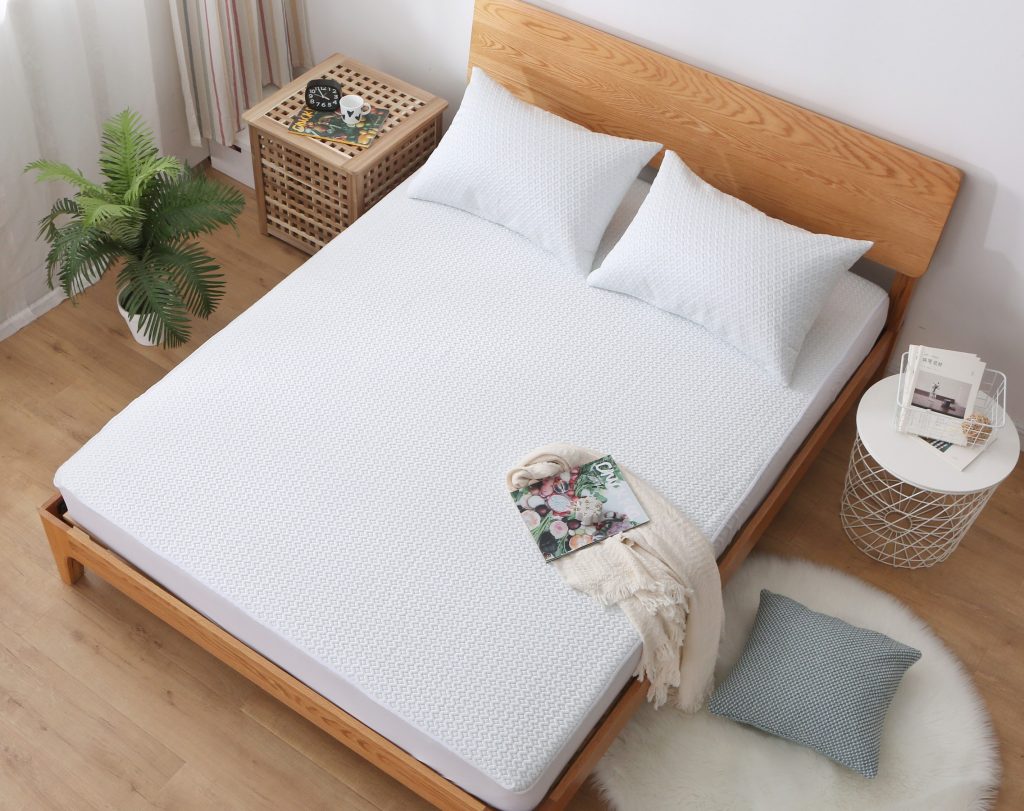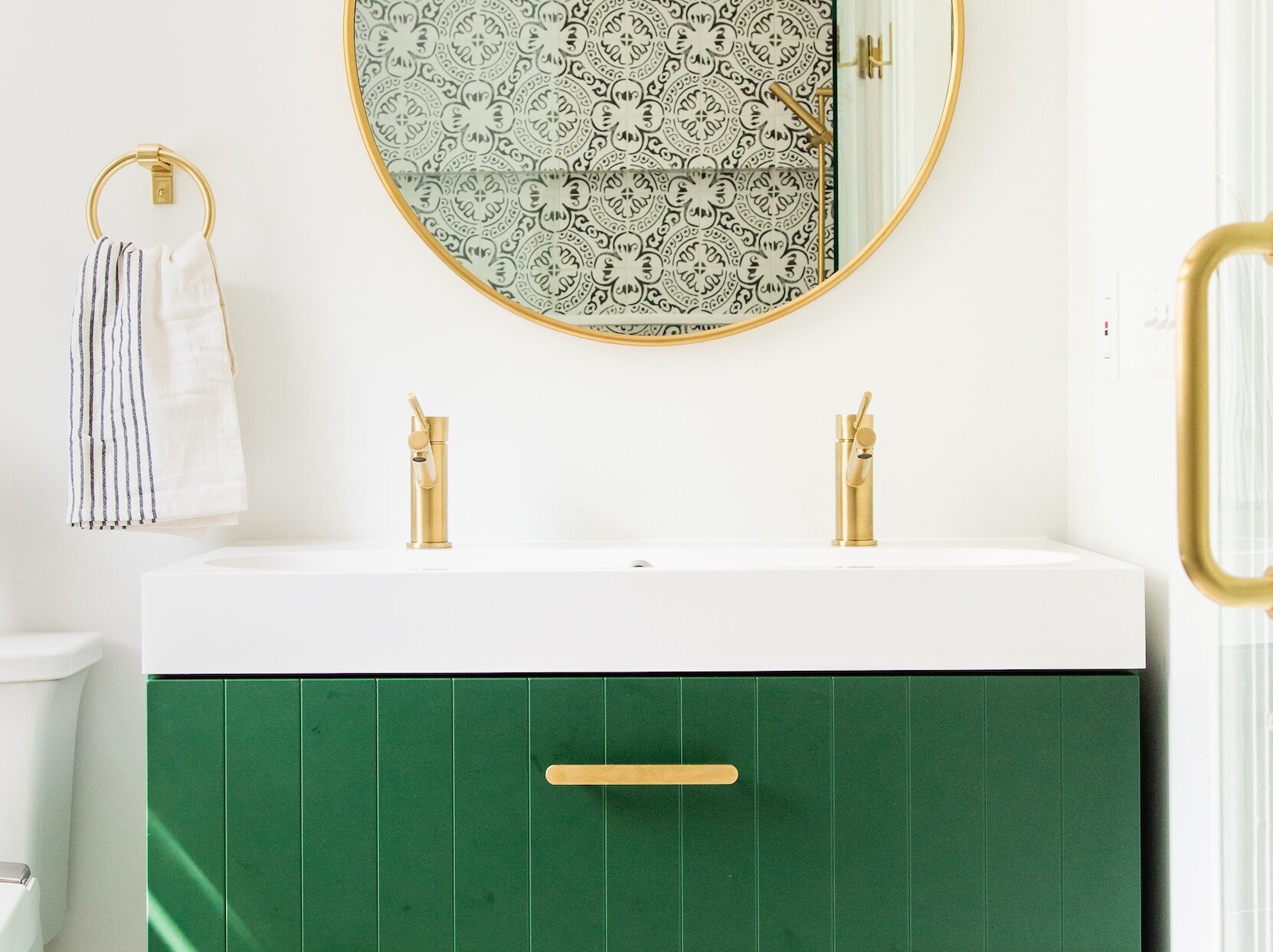When it comes to designing and decorating your living room, the size of the space plays a crucial role. The right size can make your living room feel spacious and inviting, while the wrong size can make it feel cramped and uncomfortable. So, what is the average living room size and how do you determine the right size for your own space? According to a survey conducted by the National Association of Home Builders, the average living room size in the United States is approximately 330 square feet. However, this can vary greatly depending on the location, type of home, and personal preference. Some homes may have smaller living rooms, while others may have larger ones. Average Living Room Size: How Big is the Average Living Room?
The average size of a living room can also depend on the purpose of the space. For example, if you have a separate family room or den, your living room may be smaller and used mainly for entertaining guests. On the other hand, if your living room is the main gathering space for your family, you may want it to be larger and more functional. Another factor to consider when determining the average size of a living room is the size of your home. If you have a smaller home, your living room may be smaller in proportion to the rest of the house. In larger homes, the living room may be more spacious to accommodate larger groups of people. What is the Average Size of a Living Room?
In order to determine the right size for your living room, you first need to measure the space. Start by measuring the length and width of the room, and then multiply the two numbers together to get the square footage. This will give you a general idea of how big or small your living room is. Next, consider the layout of your living room and how you want to use the space. If you plan on having a large sectional or multiple pieces of furniture, you may need a larger living room to accommodate everything comfortably. On the other hand, if you prefer a more minimalist approach, a smaller living room may be suitable. Living Room Size: How to Measure and Get the Right Fit
A rug can play a significant role in defining the size of your living room. If you have a small living room, a large rug can make the space feel even smaller. On the other hand, a small rug in a large living room can make the space look incomplete. When choosing a rug for your living room, consider the furniture placement. Ideally, all of your furniture should be able to fit on the rug, or at least have the front legs on the rug. This will help to create a cohesive and visually appealing space. How to Determine the Right Size for a Living Room Rug
Aside from square footage, there are other factors that can affect the dimensions of your living room. These include the height of the ceiling, the number and size of windows, and any architectural features or obstructions in the room. For example, if you have a low ceiling, it may be best to choose lower furniture to create a sense of balance and proportion. If your living room has a lot of windows, you may need to consider how to arrange furniture around them to maximize natural light and views. Living Room Dimensions: How to Get the Perfect Size
While there is no set standard for living room size, it's important to consider the size of your furniture and how it will fit in the space. If your living room is too big, it may feel empty and uninviting. On the other hand, if it's too small, you may not have enough room for all of your desired furniture. One way to avoid having a living room that is too big is to use furniture that can serve multiple purposes. For example, an ottoman with hidden storage can provide extra seating and storage space in a smaller living room. Standard Living Room Size: How Big is Too Big?
The sofa is often the focal point of any living room, so it's essential to choose the right size for your space. The size of your sofa can also affect the overall size of your living room, as it takes up a significant amount of space. To determine the right size sofa for your living room, consider the other furniture you plan on including in the space. You want to make sure there is enough room to move around comfortably and that the sofa is not too big or too small in comparison to the rest of the furniture. How to Choose the Right Size Sofa for Your Living Room
When it comes to choosing furniture for your living room, it's essential to have a size guide to help you make the right decisions. Consider the size of your living room, the purpose of the space, and your personal style when selecting furniture. For example, if you have a smaller living room, consider using a loveseat instead of a full-sized sofa to save space. If you have a larger living room, you can incorporate larger pieces of furniture, such as a sectional or a statement chair. Living Room Size Guide: How to Choose the Perfect Size Furniture
If you have a small living room, it's essential to maximize the space to make it feel more open and functional. One way to do this is by using furniture that can serve multiple purposes, such as a storage ottoman or a coffee table with hidden compartments. You can also use clever storage solutions, such as wall shelves or built-in cabinets, to free up floor space and keep the room clutter-free. Additionally, using light and neutral colors can help the space feel larger and more open. How to Maximize Space in a Small Living Room
Arranging furniture in a small living room can be challenging, but with the right layout ideas, you can make the most of your space. One popular layout for small living rooms is the "floating" layout, where the furniture is placed away from the walls to create a more spacious and open feel. You can also try arranging furniture in a way that creates distinct zones within the living room, such as a seating area, a reading nook, and a TV area. This can make the space feel more functional and organized. In conclusion, the average living room size may vary, but ultimately, the right size for your living room depends on your personal preferences and the layout of your home. By considering the size of your furniture, the purpose of the space, and using clever design techniques, you can create a living room that is both functional and visually appealing. Living Room Layout Ideas: How to Arrange Furniture in a Small Space
The Importance of Considering Living Room Size in House Design

The average size of a living room is a crucial factor to consider when designing a house. Not only does it impact the overall look and feel of a home, but it also plays a significant role in the functionality and comfort of the space.

When it comes to house design, the living room is often considered the heart of the home. It is where families gather to relax, entertain guests, and spend quality time together. Therefore, it is essential to have a well-designed and adequately sized living room to meet the needs and preferences of the homeowners.
One of the main reasons why living room size is important in house design is because it affects the flow and functionality of the space. A living room that is too small can feel cramped and cluttered, making it difficult for people to move around freely. On the other hand, a living room that is too large can feel empty and unwelcoming, lacking a cozy and intimate atmosphere. It is crucial to strike a balance between these extremes to create a space that is both functional and inviting.
The size of the living room also has a significant impact on the overall style and design of a house. A large living room provides more flexibility in terms of furniture and decor options, allowing for a more grand and elaborate design. On the other hand, a smaller living room may require more careful planning and clever furniture choices to make the most of the limited space. It is important to consider the size of the living room when deciding on the overall aesthetic and design elements of a house.
Another important factor to consider when it comes to living room size is the number of people living in the house. A larger family will require a bigger living room to accommodate everyone comfortably, while a smaller family may only need a modest-sized living room. It is essential to consider the needs and lifestyle of the homeowners when determining the appropriate size for the living room.
Ultimately, the size of the living room should complement the overall size and layout of the house. A large, open-concept house may require a larger living room to maintain a sense of balance and proportion. On the other hand, a smaller house may benefit from a more compact living room to avoid overwhelming the space. It is crucial to consider the overall design and layout of the house when determining the appropriate size for the living room.
In conclusion, the average size of a living room is a crucial factor to consider in house design. It impacts not only the functionality and style of the space but also the overall look and feel of the home. By carefully considering the living room size and its relationship to the rest of the house, homeowners can create a comfortable and visually appealing living space that meets their needs and preferences.






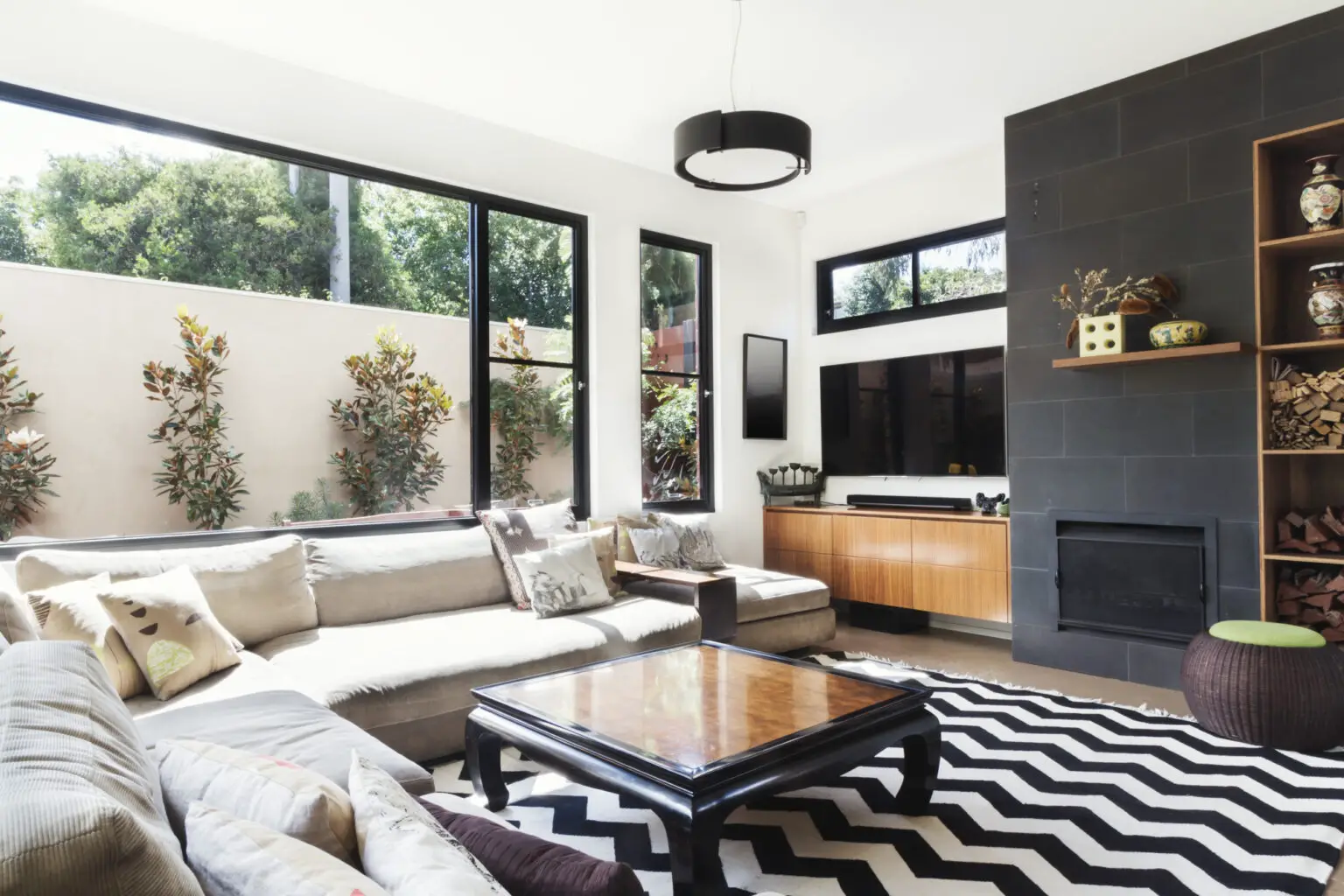















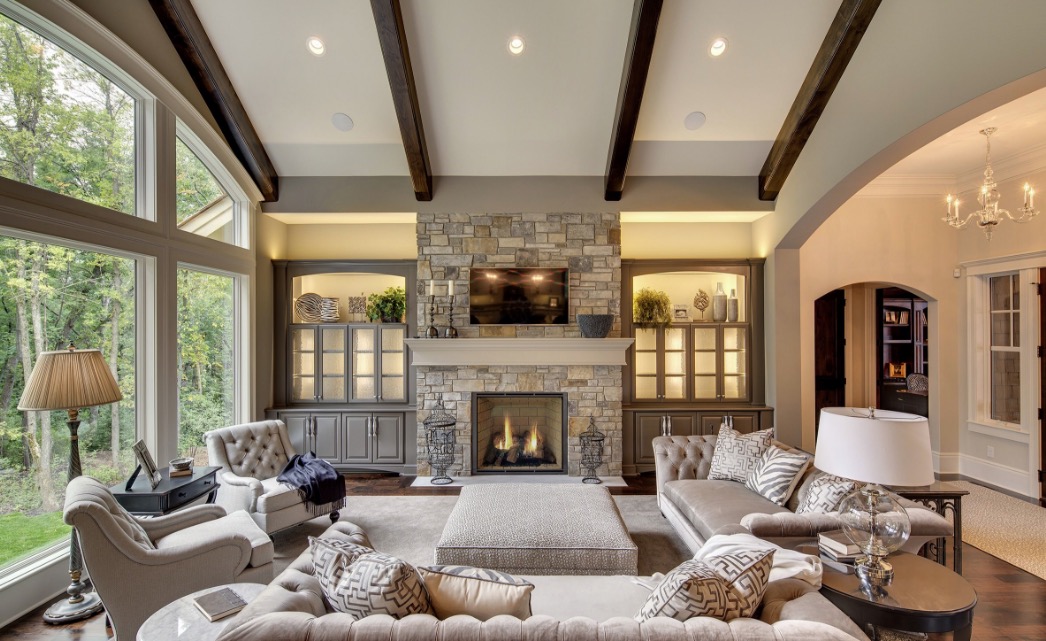
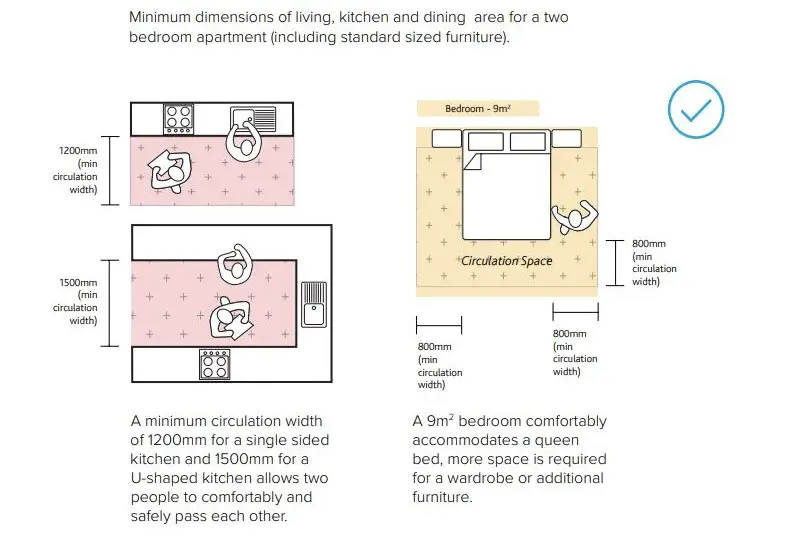
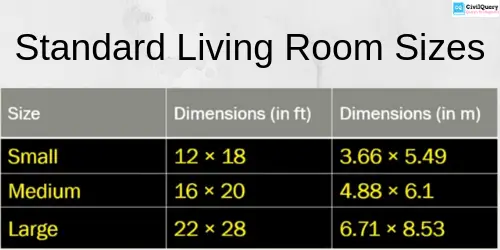



/AmyCooper-MarcellaAlanAfter1-5bef478326874b728b526bac19649802.jpg)





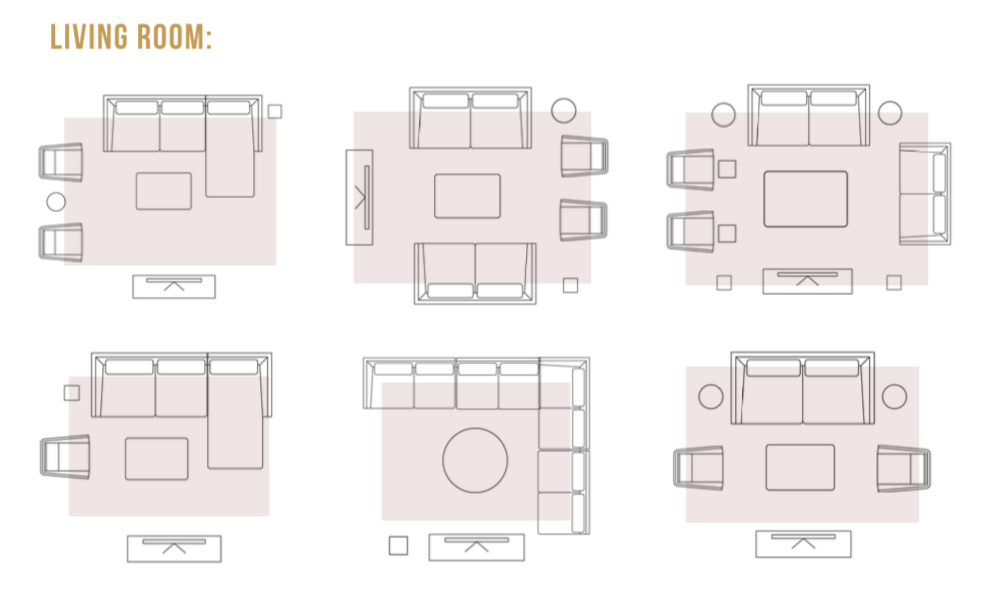
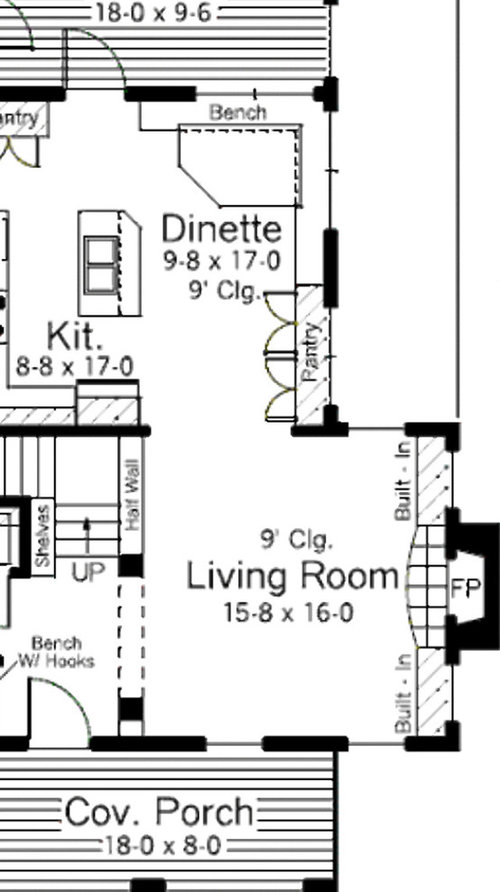




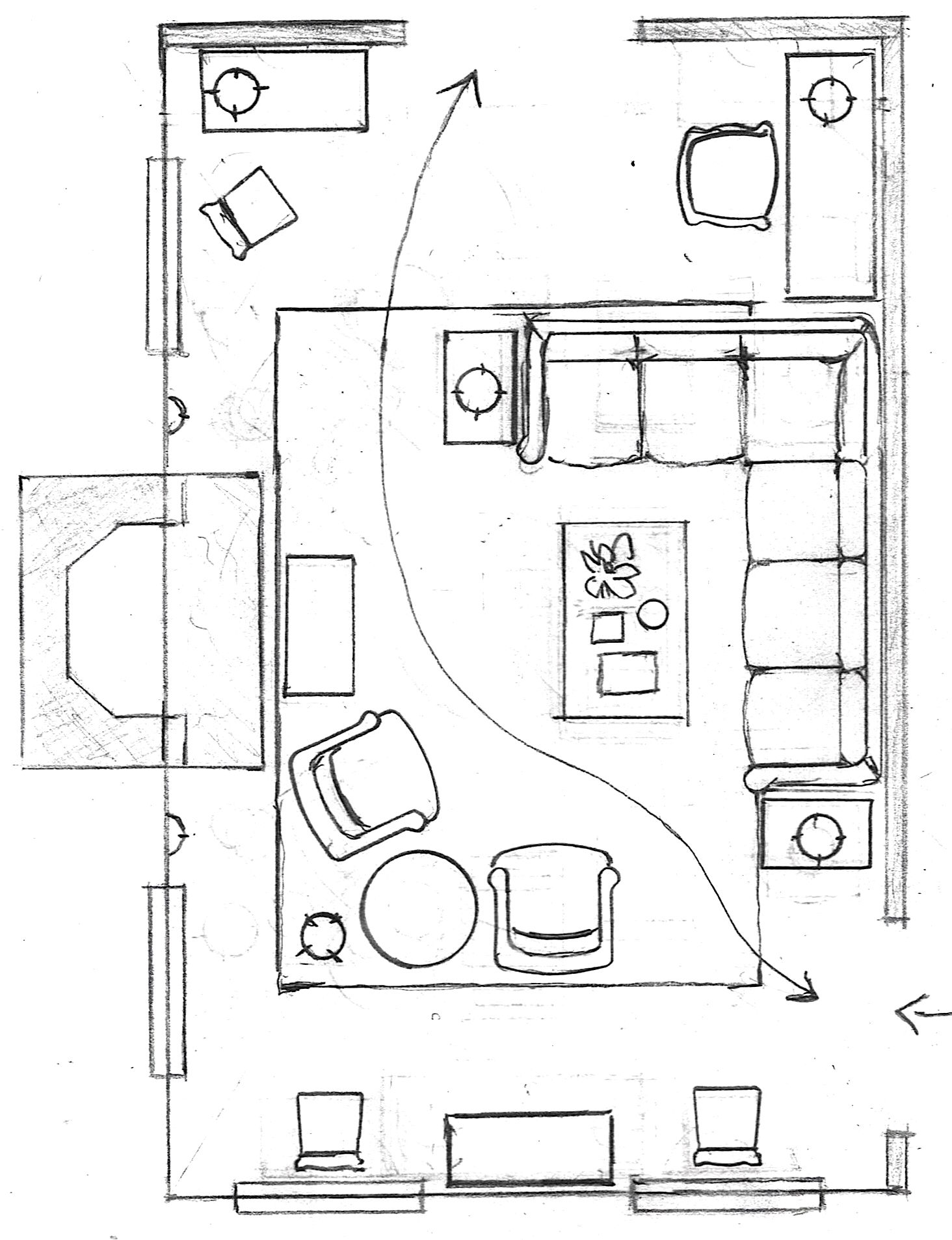


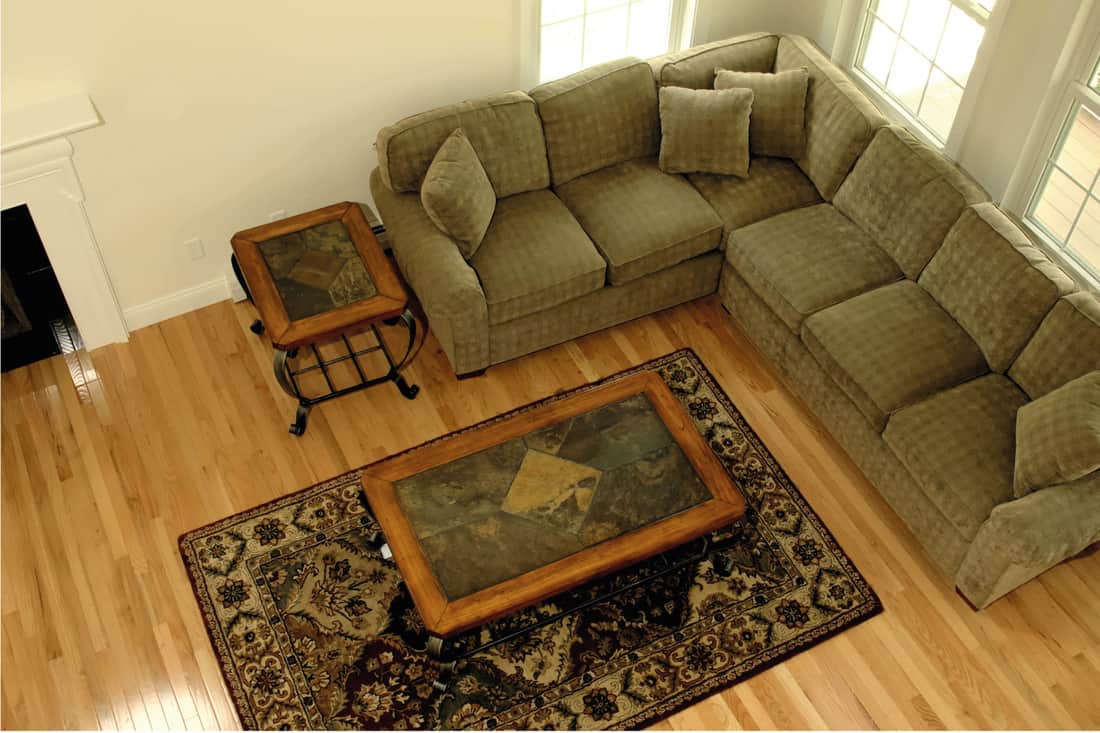


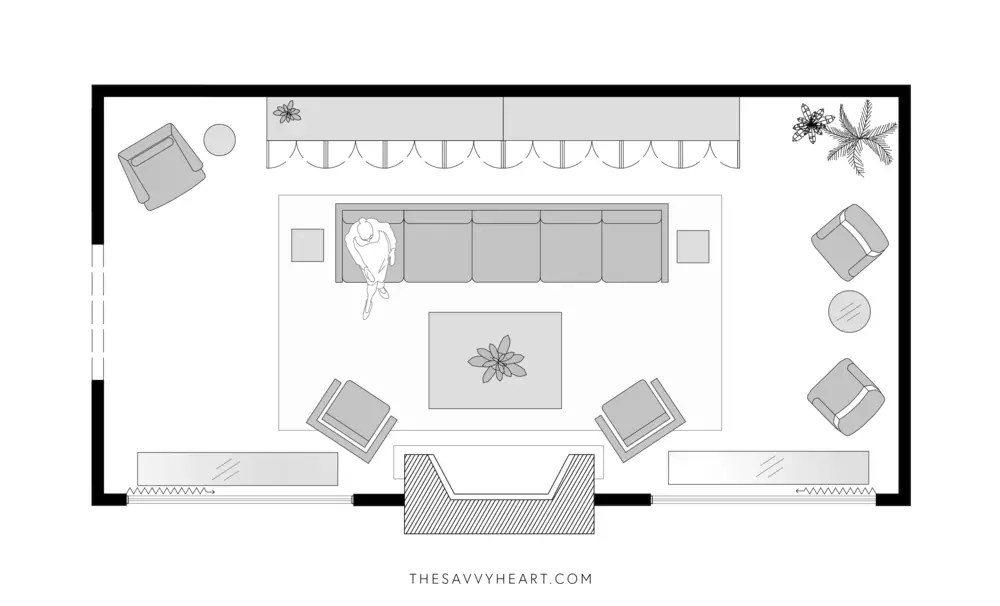
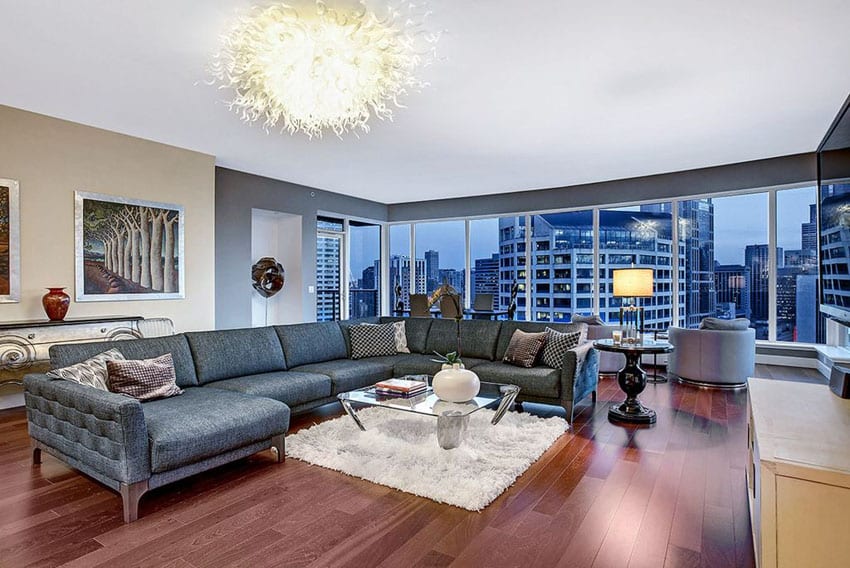
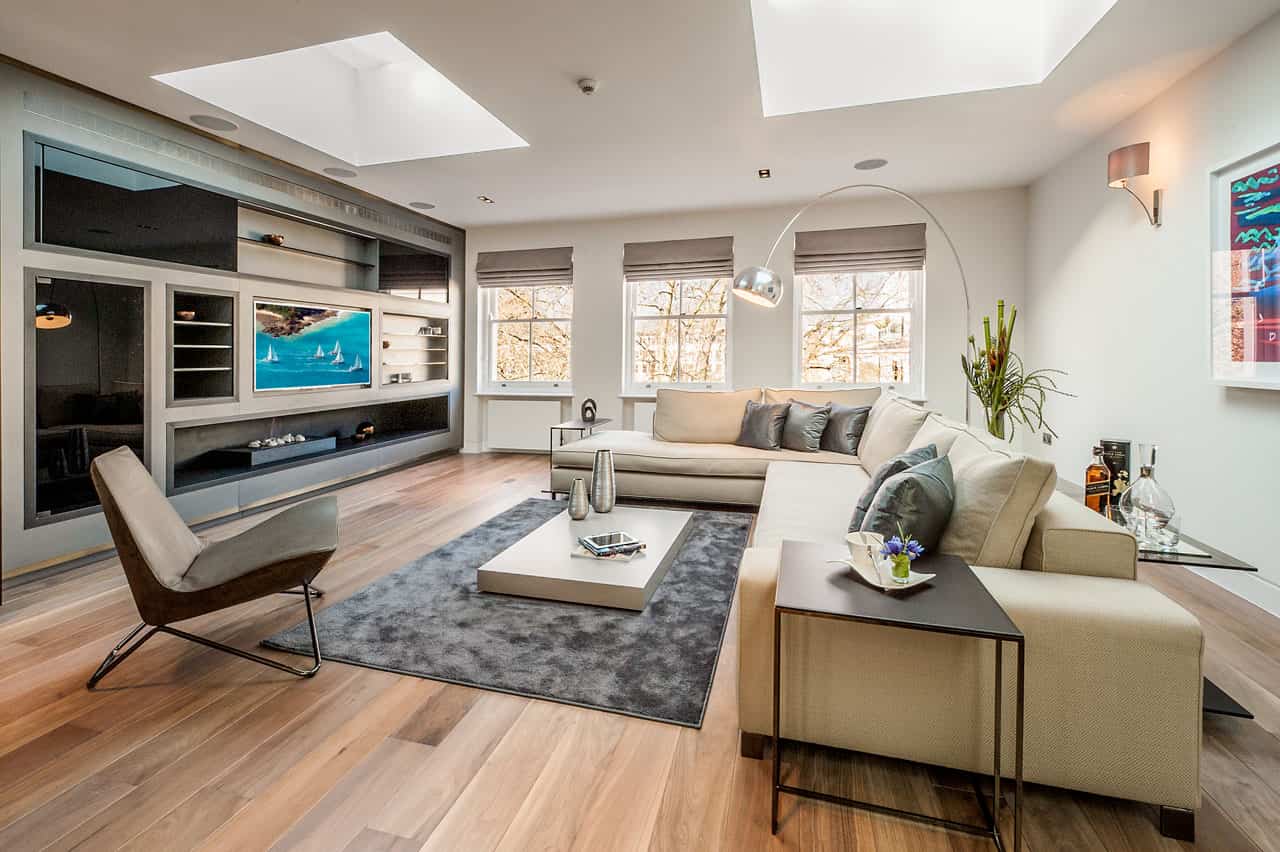



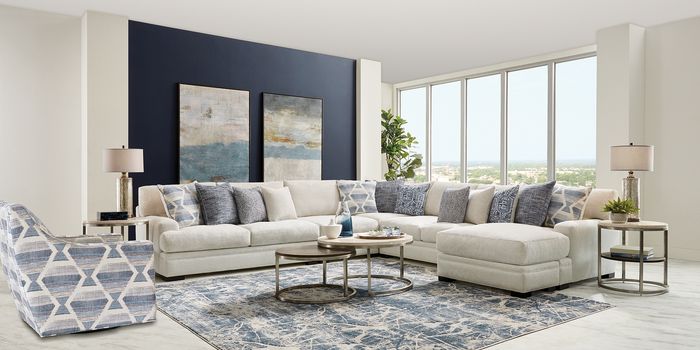













:max_bytes(150000):strip_icc()/standard-furniture-measurements-1391374_final-5c1bfeba46e0fb000151096f.png)







